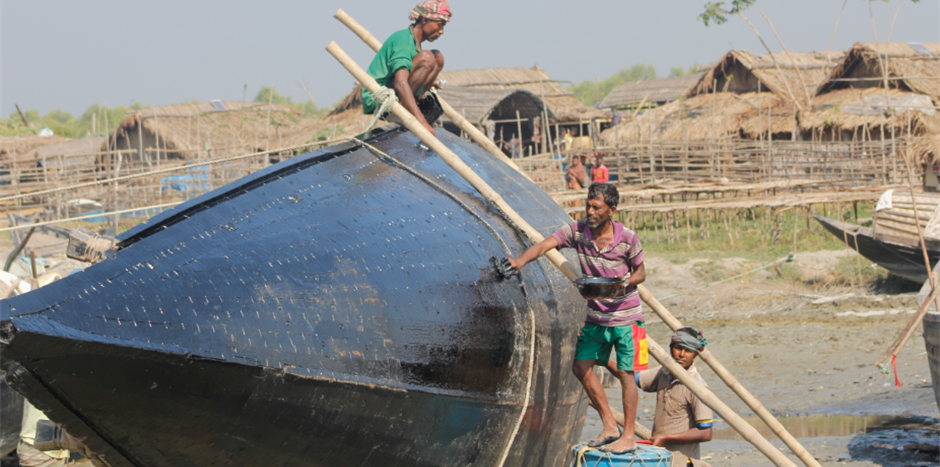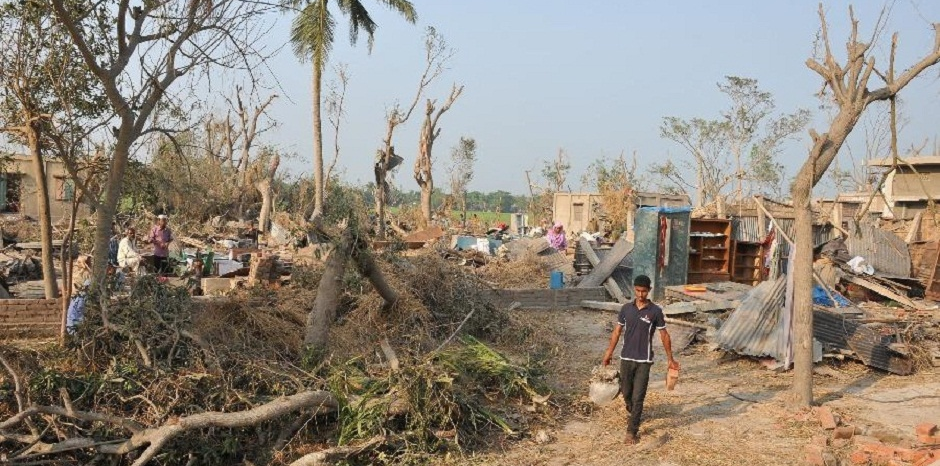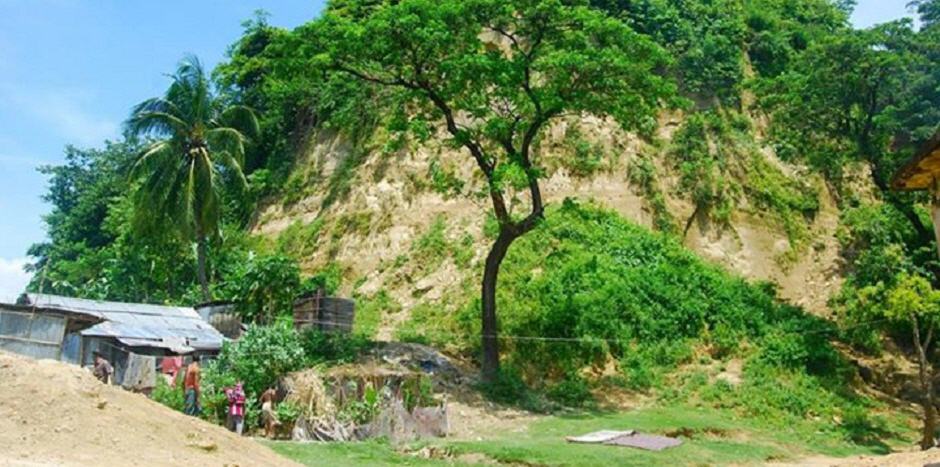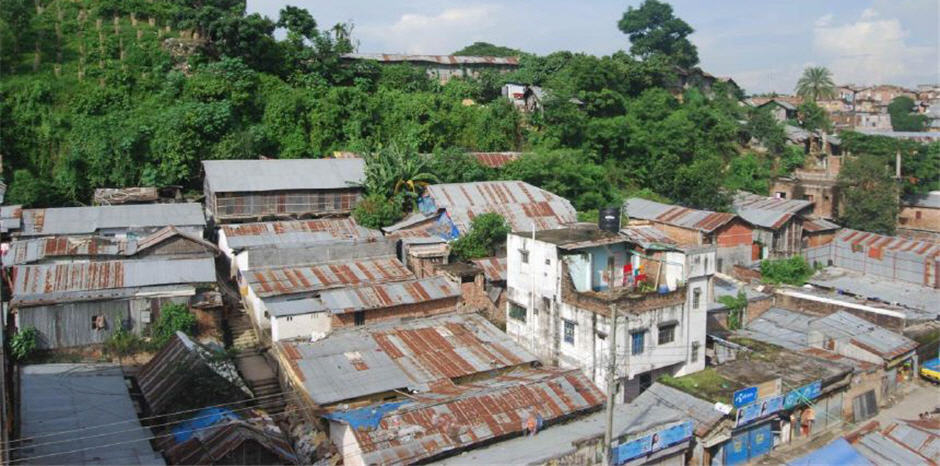Floods of Bangladesh
Chittagong, Bangladesh
Floods are one of the usual disasters of Bangladesh which occur almost every year due to the extreme rainfall during the monsoon. This mostly affects the buildings, normal livelihoods, sewerage systems and sometimes even damages the power transmission, the availability of clean drinking water and food supplies.
Floods cause massive sufferings and hardships for poor people. About 90% of the poor people have to go through extreme sufferings as an aftermath of the floods. The roads and crop fields go under water and may remain that way for a really long time, sometimes even a week. As we can see from the photo on the left, the people living in villages or slums have to suffer most because the houses go under water. The shortage of clean water begins which results in various water borne diseases and a lot of people die without proper treatment and medicine relief.
According to the Dept. of Disaster Management, “The 1988 flood affected about two-third area of the country. The 1998 flood alone caused 1,100 deaths, rendered 30 million people homeless, damaged 500,000 homes and caused heavy loss to infrastructure. The 1998 flood lasted for 65 days from July 12 to September 14 and affected about 67% area of the country.”
The Disaster Management also stated that, over the recent years, about 22, 86, 544 familes were affected because of the floods. “In the year 2000, Bangladesh faced an unusual flood over its usually flood-free south western plain, which also caused loss of life and massive damage to property. In 2004, floods inundated about 38% of the country. About 747 people lost their lives. About 2500 kilometres of embankment were damaged. About 74 primary school buildings were washed away. This flood caused economic loss of about US$ 2200 Million. It is argued that solutions to flooding problems require an understanding of the long term factors.”
To prevent this massive loss because of floods, we should take enough precautions to minimize the affect as much as we can. According to the interviewee, Mashiyat, “The prevention of floods should start with making the drainage system larger and the canals should be permanently repaired with more cement so that the flow of water can be smoother and by that way, the water clogging will occur less. The lower areas having building premises should have the building construction higher than usual so that ground floors don’t get flooded.” As we can see from the photo above, the construction should be made higher.
The statistics show that, during the floods, the children and the older folks usually get affected more to the water borne diseases such as typhoid, cholera, jaundice etc.
Even though, as a poor country like Bangladesh, we don’t have enough resources to prevent floods, but we can still try to overcome the after effects even a little if all of the people are aware of the disaster prevention steps.









